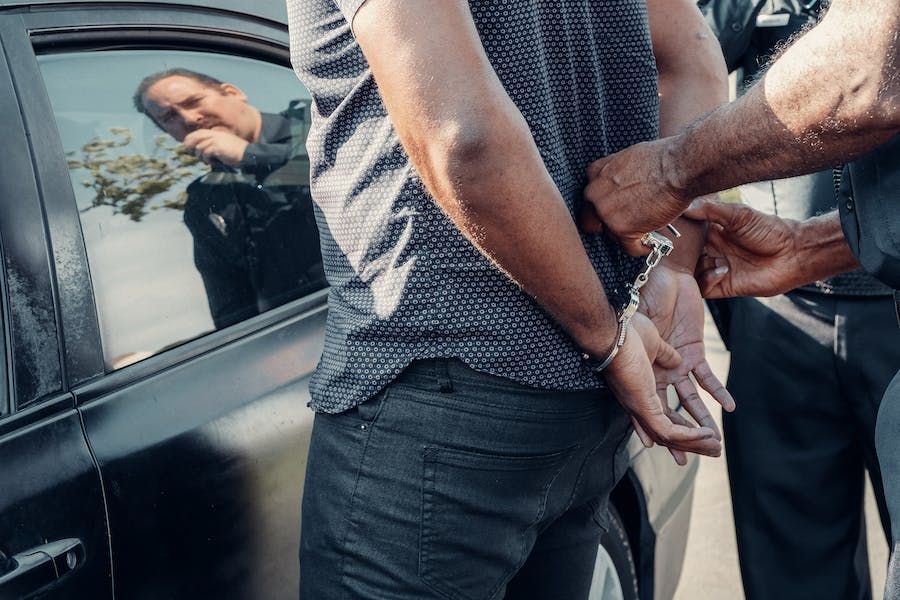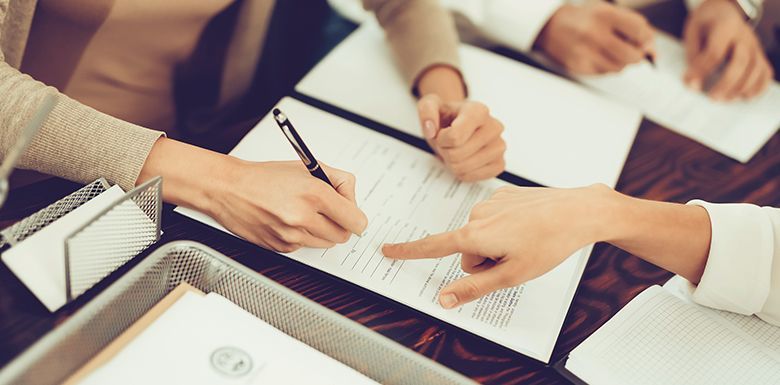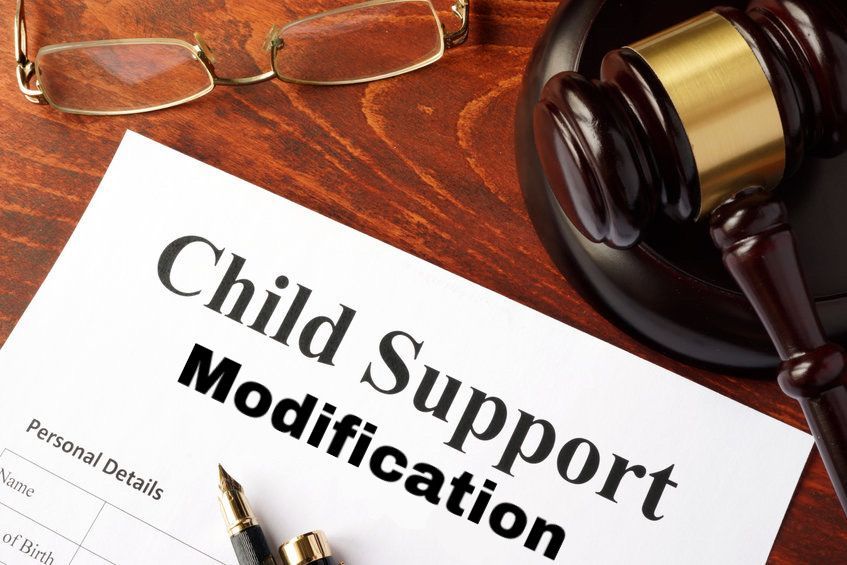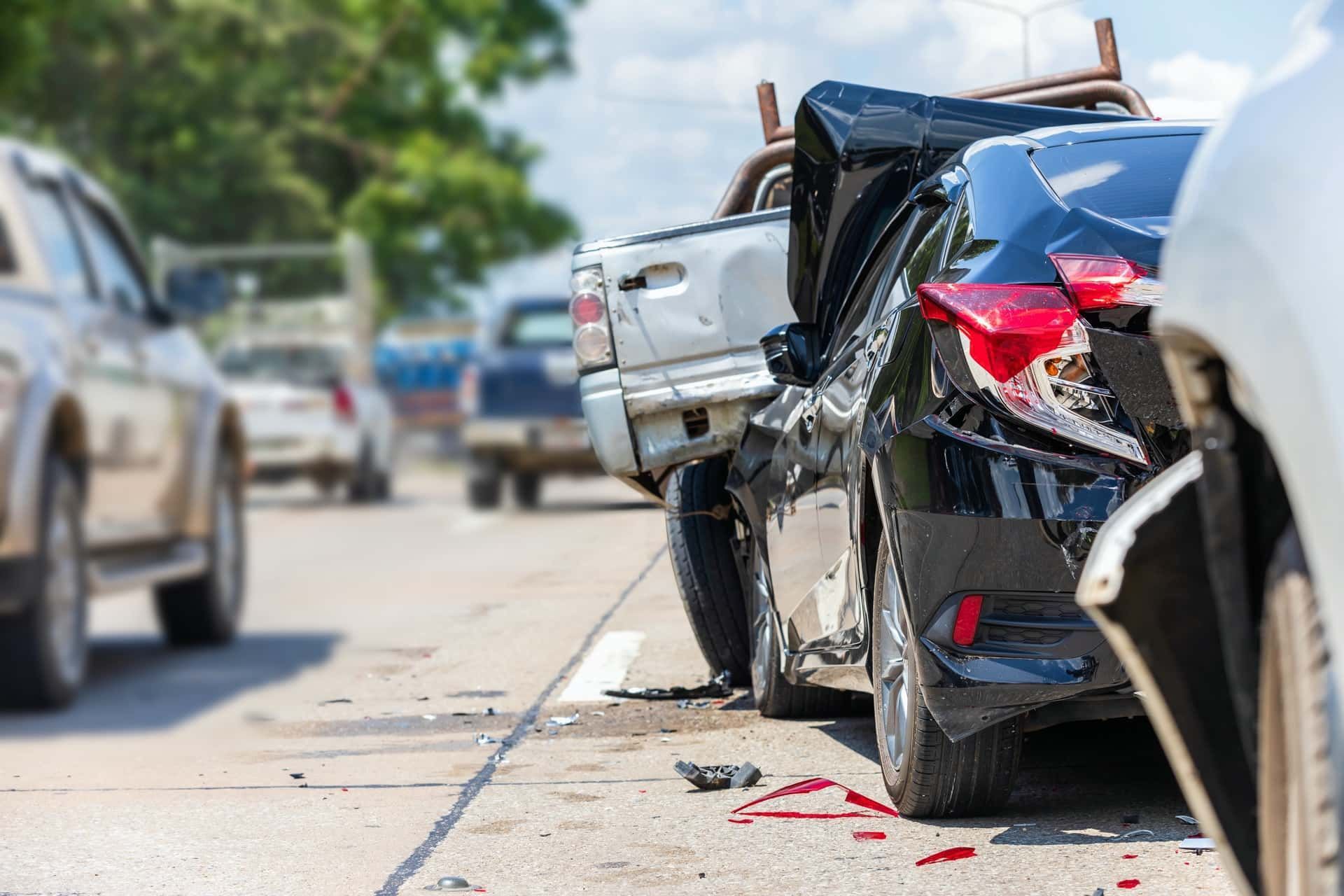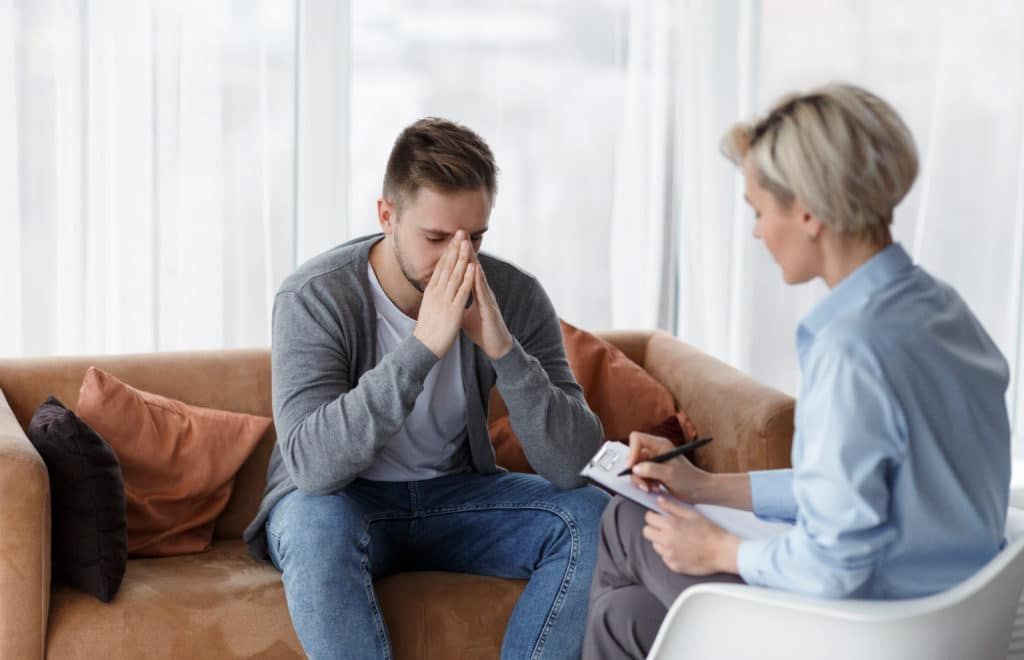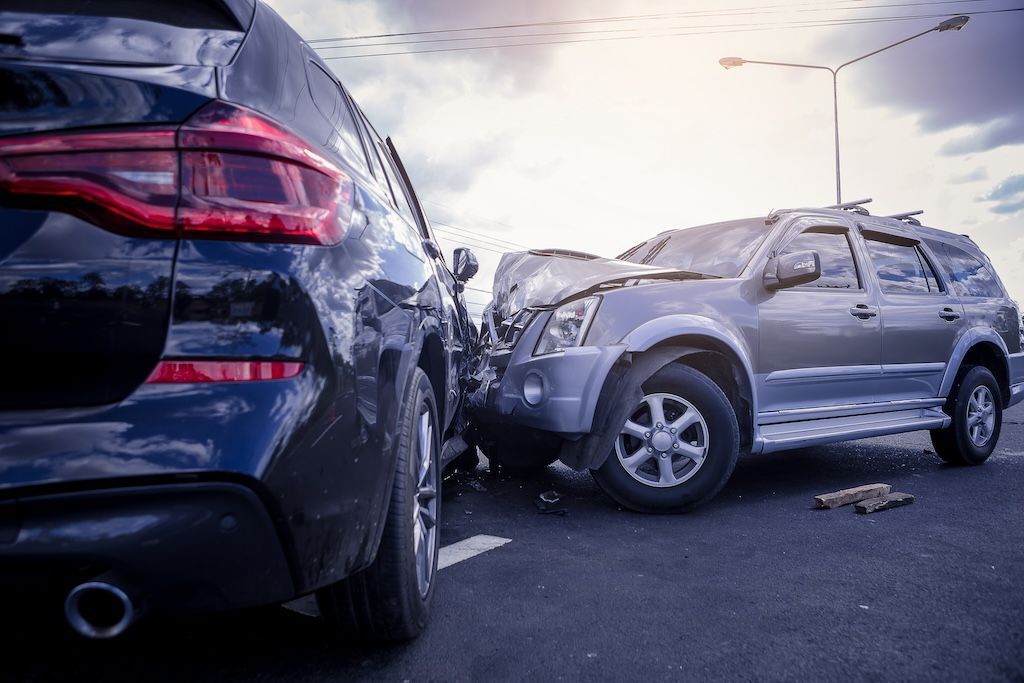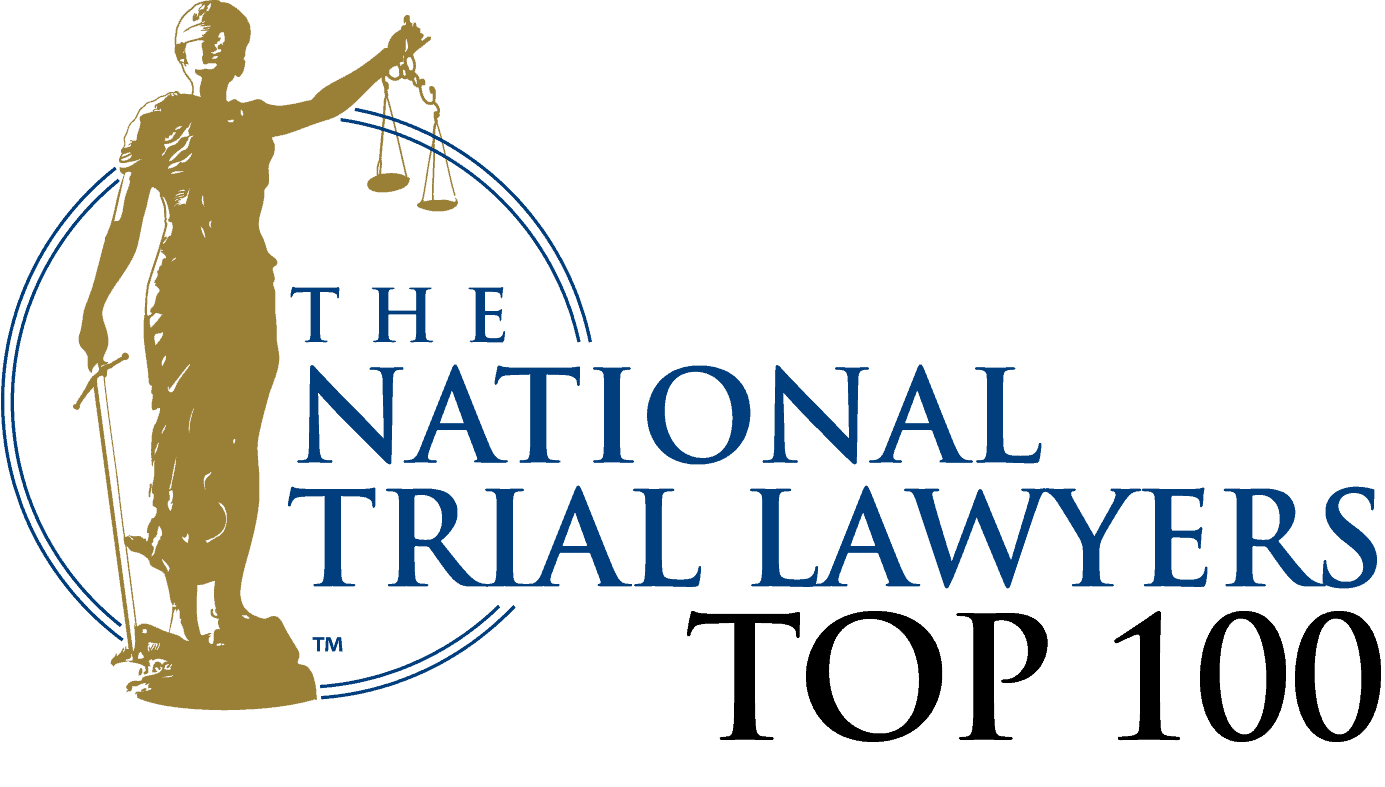Essential Steps to Take Right After a Personal Injury Accident for Your Protection
Essential Steps to Take Immediately After a Personal Injury Accident for Your Protection
A personal injury accident is any event where someone is harmed physically due to another party’s actions or unsafe conditions, and the immediate actions you take can affect both your recovery and your legal options. This article explains what to do on-scene, how to document injuries and property damage, when to involve law enforcement or employers, and how to preserve evidence needed for an insurance claim or lawsuit. Many people underestimate the legal importance of early steps—prompt medical evaluation, accurate scene documentation, and careful insurer communication all protect your right to compensation.
You will find a prioritized on-scene checklist, guidance on reporting and evidence preservation, advice on when to consult a Rhode Island personal injury lawyer, and suggested scripts for talking with insurers. The guidance focuses on practical, Rhode Island–relevant steps like timely filing and preserving records so you don’t lose rights under local deadlines. Read on to follow a clear sequence of actions that combine health protection with claim preservation.
What Are the First Actions to Take Right After a Personal Injury Accident?
Begin by ensuring immediate safety and calling emergency services if anyone is seriously injured; quick stabilization and professional medical care reduce health risks and create critical records.
Next, gather basic scene information and start contemporaneous documentation—photos, videos, and notes with times to support later causation and damages claims. Also, exchange contact and insurance information when appropriate, but avoid admitting fault; factual statements and documented observations preserve options without creating admissions. These initial actions set the stage for reporting, evidence preservation, and later communication with insurers or attorneys, which the next sections address in detail.
When you need a quick checklist, these five actions protect health and legal rights:
- Call 911 if there are serious injuries or hazards at the scene.
- Seek or accept medical evaluation even for seemingly minor injuries to document harm.
- Photograph and video the scene, injuries, vehicle/property damage, and environmental factors.
- Collect names and contact details of witnesses and record short statements if possible.
- Notify your insurer per policy requirements without speculating about fault.
These prioritized steps create contemporaneous records that support medical care and future claims, and the next section explains how to formalize reporting and preserve evidence.
How Should You Prioritize Safety and Seek Medical Attention?
Prioritizing safety means removing yourself from imminent danger when possible and calling emergency responders for severe injuries; stabilizing care and timely transport to medical providers creates essential contemporaneous records. Even when injuries initially seem minor, ask for a medical evaluation and insist that symptoms be documented in writing to establish causation.
Keep all treatment records, prescriptions, diagnostic tests, and billing statements together, and follow prescribed care so your recovery and claim both proceed with clear documentation. Preserving medical evidence directly supports later claims and leads naturally into why prompt evaluation matters for both health and legal protection.
Why Is Prompt Medical Evaluation Crucial for Your Health and Legal Protection?
Prompt medical evaluation documents injuries close in time to the accident, which strengthens causation and prevents insurers from arguing delayed onset undermines your claim. Early treatment reduces the risk of complications and provides objective records—notes, images, and billing—that quantify damages and future medical needs. Insurers often scrutinize gaps between an accident and treatment, so immediate care protects health while preserving evidentiary integrity. Understanding this link between treatment and proof leads to the next section on formal reporting and scene documentation.
How Do You Properly Report the Accident and Document the Scene?
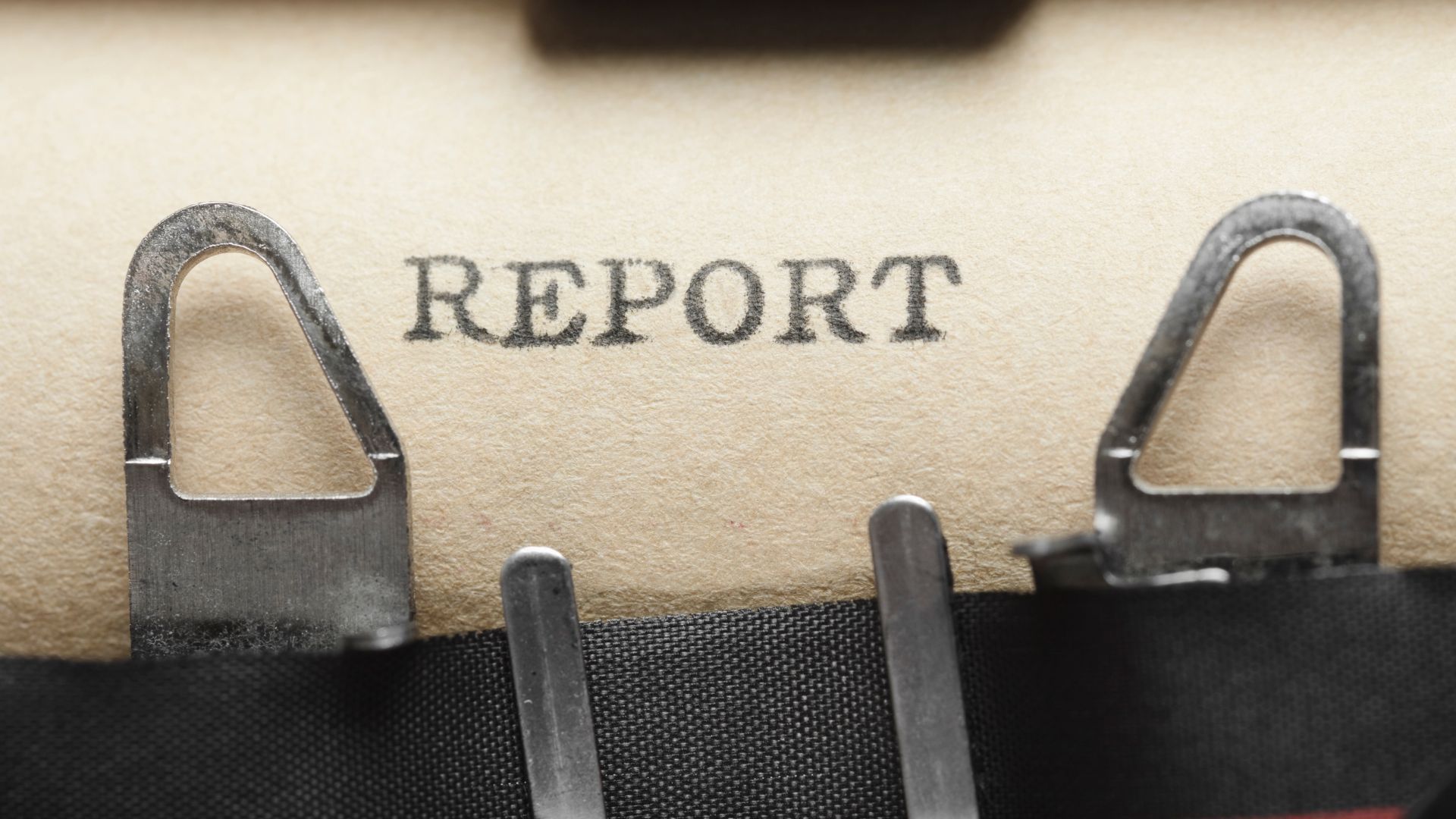
Reporting the accident to the right authority—police for motor vehicle collisions or serious premises incidents, an employer for workplace injuries, or building management for property incidents—creates an official record that can be requested later. Accurate reports should include names, a clear narrative of what happened, and identifying details; obtaining a report number or incident ticket is crucial for follow-up. Document the scene with systematic photos (wide, mid, close-up), videos that capture angles and timestamps, and notes describing conditions; preserving clothing, damaged items, or perishable evidence strengthens later claims.
Below is a table showing common evidence types, what to capture, and practical preservation tips to help you collect stronger proof at the scene.
Different kinds of evidence and how to preserve them immediately.
| Evidence Type | What to Capture | Preservation Tip |
|---|---|---|
| Scene Photos | Wide view, close-ups, identifying markers | Use timestamps and keep originals; avoid filters |
| Witness Statements | Names, phones, short written or recorded accounts | Ask witnesses to sign notes or leave a voicemail |
| Police/Incident Report | Report number, officer name, narrative | Request a copy and verify details before leaving |
| Property Records | Maintenance logs, inspection dates | Photograph documents and request originals from the owner |
| Physical Items | Clothing, damaged equipment | Store in a clean paper bag and keep chain-of-custody notes |
This table highlights how varied evidence complements each other to establish causation and liability, and the next subsection explains key fields to verify on official reports.
What Information Should Be Included in a Police or Incident Report?
An official police or incident report should list all parties involved, contact and insurance details, location specifics, the responding officer’s name and badge number, and a narrative of observed facts, including any citations issued. Make sure the report includes the time and precise location, weather or lighting conditions, and a concise description of injuries and property damage; correct factual errors promptly through the issuing agency’s procedures. Obtain a copy for your records and note the report number so you can reference it when speaking with insurers or counsel. Verifying these elements ensures the official report supports later claims and points toward effective evidence preservation steps discussed next.
How Can You Effectively Collect and Preserve Evidence at the Accident Scene?
Collect scene media from multiple angles—wide shots for context and close-ups of injuries, numbers, or defective components—and preserve original files so metadata (timestamps) remain intact. When witnesses are present, get written or voice-recorded statements and their contact details; avoid coaching or leading questions to keep statements reliable. Preserving such evidence early prevents loss through cleanup or repair and readies the file for insurer review or legal investigation.
When and Why Should You Consult a Personal Injury Lawyer After an Accident?
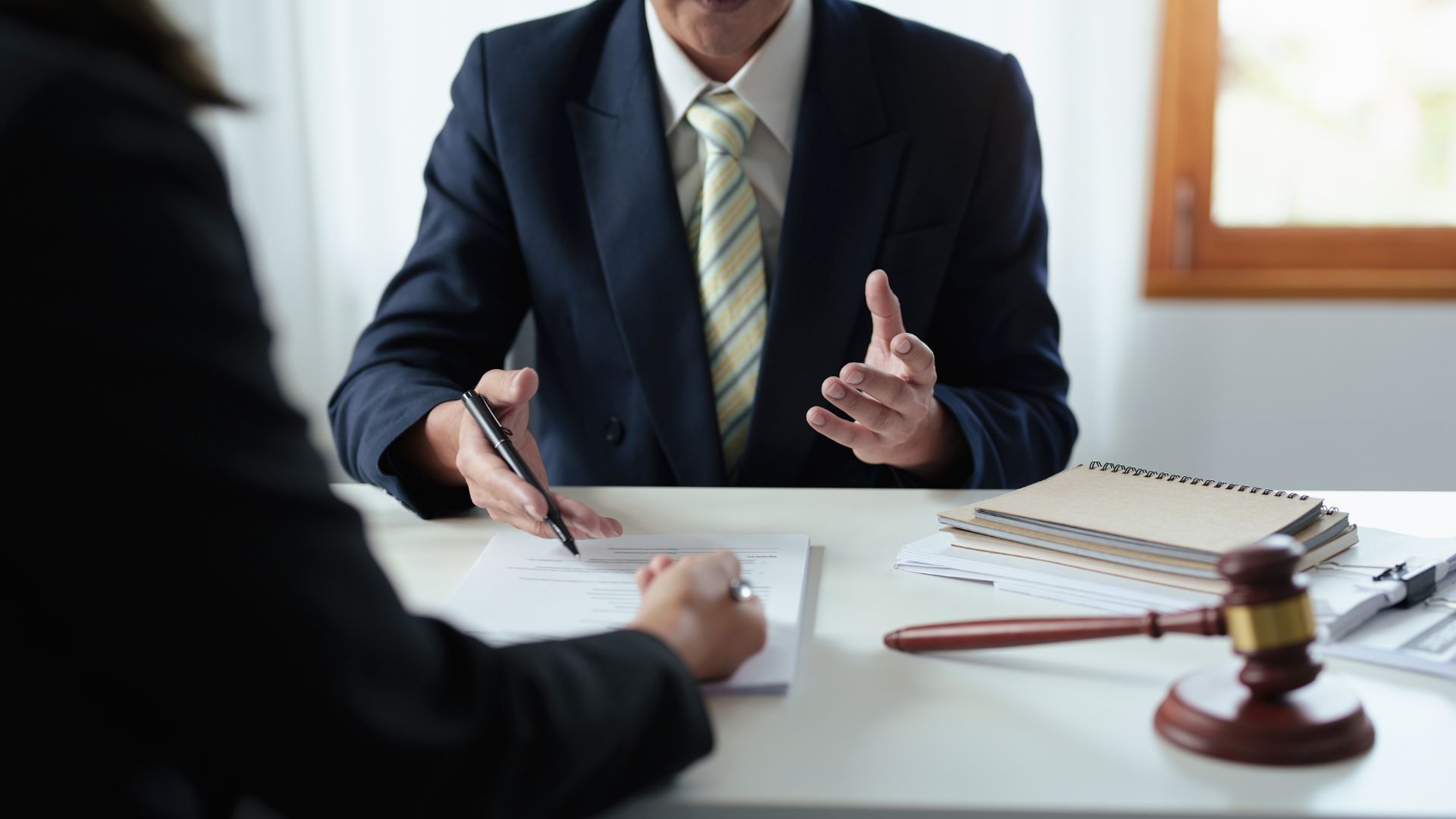
Consult a personal injury lawyer when injuries are significant, liability is unclear, multiple parties may share fault, or the cause involves complex systems or product defects that require investigation. An early consultation helps preserve evidence, identify responsible parties (including property owners, maintenance firms, or manufacturers in product liability claims), and coordinate investigations of technical causes. Inman & Tourgee Attorneys At Law are seasoned Rhode Island attorneys who can review documentation, advise on Rhode Island filing timelines, and help secure perishable evidence; early legal review protects claim value without committing you to litigation. Knowing when to involve counsel leads to a clearer understanding of statutory deadlines and how timing affects your rights.
The table below compares typical accident scenarios and recommended timing for legal consultation to clarify when early counsel is most important.
Scenarios that indicate when to seek legal advice and the recommended timing.
| Scenario | Risk to Claim | Recommended Timing |
|---|---|---|
| Minor injury, single-party fault | Low to moderate | Consult within weeks to document recovery |
| Significant injury, hospital care | High | Consult immediately to preserve evidence |
| Multi-party or complex liability | High | Consult immediately to identify parties |
| Property system or product | Very high | Consult immediately to secure maintenance records |
This comparison shows that complex liability and system-related incidents often require the earliest intervention, and the next subsection outlines concrete benefits of early consultation.
What Are the Benefits of Early Legal Consultation for Your Injury Claim?
Early legal consultation secures preservation steps you might overlook, such as obtaining building maintenance logs, sending spoliation-preservation letters, and coordinating expert inspections for complex causes. Lawyers can advise what to say to insurers, help avoid harmful recorded statements, and calculate damages, including future medical needs and lost earning capacity.
Prompt counsel can also file notices or liens that protect recovery and work with medical providers to document causation thoroughly. These benefits preserve claim value and transition smoothly into the critical issue of Rhode Island filing deadlines.
How Do Rhode Island Statutes of Limitations Affect Your Legal Rights?
Statutes of limitations set the deadline for filing a civil lawsuit in Rhode Island, and missing these deadlines can bar recovery regardless of case strength, so prompt assessment and action are essential. Certain situations may have unique timelines or notice requirements—workplace claims, municipal defendants, or claims against particular entities sometimes need earlier notice—so local legal review identifies applicable windows. Because timing affects evidence preservation and legal strategy, early consultation ensures you meet procedural deadlines while investigative steps proceed. Understanding timing obligations prepares you to navigate insurers and potential settlements without forfeiting the right to file suit.
What Steps Should You Take When Dealing with Insurance Companies After an Injury?
When interacting with insurers, provide only necessary factual details and avoid speculation, apologies, or statements about fault; insurers often use extraneous remarks to minimize offers. Document every contact in writing and request written confirmation of any statements or settlement proposals; maintain an organized file of medical bills, wage-loss documentation, and repair estimates to support valuation. If the incident involves property damage or system failure, document repairs, communications with property managers, and any insurer directives to preserve claim strength. If communications become adversarial or offers seem low, escalate to legal counsel to avoid waiving rights through premature releases.
Before engaging insurers, review these practical dos and don’ts to protect your claim:
- Do provide objective facts, report required information, and submit requested medical records.
- Do keep written records of every call, email, and document the insurer requests.
- Don't give recorded statements without consulting counsel or admit fault in any form.
- Don't sign a release or accept a settlement before confirming that future medical needs are assessed.
Following these guidelines helps you maintain claim value and sets up a proper negotiation posture, which the table below summarizes for different insurer types and recommended communication approaches.
| Insurer Type | What to Say / Not Say | Documentation to Provide |
|---|---|---|
| Your insurer | Give facts; do not speculate or admit fault | Police report, medical records, initial loss estimate |
| The other party's insurer | Provide basic facts only; refer technical questions to counsel | Copy of police report and photos; avoid recorded statements |
| Employer/workers' comp | Report injury per company policy; follow treatment | Incident report, employer contact, medical notes |
How Should You Notify Your Insurer and Handle Communication?
Notify your insurer as required by policy promptly and stick to succinct factual statements about date, time, and nature of the incident; avoid offering theories of fault or admitting responsibility. Keep all correspondence in writing when possible and ask the insurer to confirm receipt; if asked for a recorded statement, request legal advice before participating. Provide organized medical records and billing statements to substantiate claims, and do not sign authorizations beyond what is necessary without counsel. Clear, measured communication preserves negotiation leverage and moves into why quick settlements can be harmful.
Why Should You Avoid Quick Settlements Without Legal Advice?
Early settlement offers often undervalue future medical needs, chronic conditions, or lost earning capacity, and accepting a release usually waives rights to pursue later compensation. Insurers commonly make rapid, low offers to resolve claims cheaply; legal review helps determine whether an offer covers anticipated future costs and intangible losses. If liability or damages are complex—such as a product or system failure implicating multiple parties—legal negotiation preserves the ability to pursue all responsible defendants. Evaluating offers with counsel ensures any settlement reflects full damages and avoids unintended forfeiture of rights.
- Understand the offer: Know exactly what is covered and what rights you give up.
- Document future needs: Ensure future medical care, rehabilitation, and wage loss are considered.
- Consult counsel: Get a legal review before signing releases or accepting final payments.
These steps protect value in negotiations and keep open options for further legal action if necessary, concluding the practical guidance this article provides on immediate post-accident protection.

